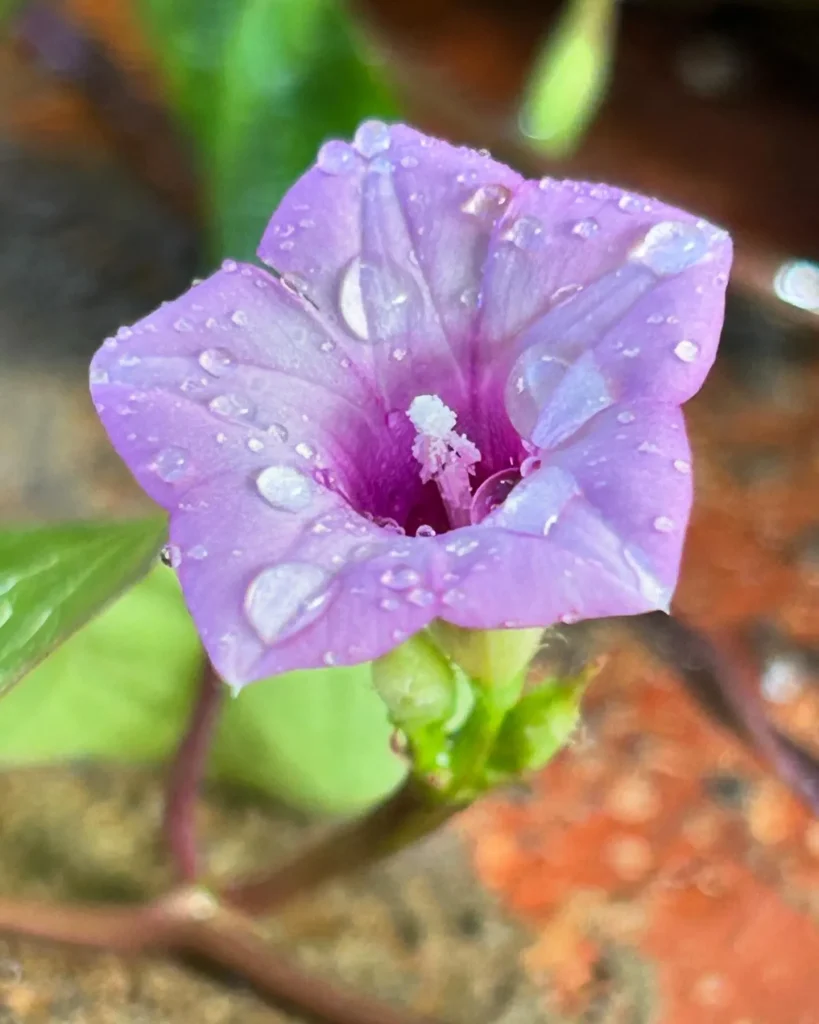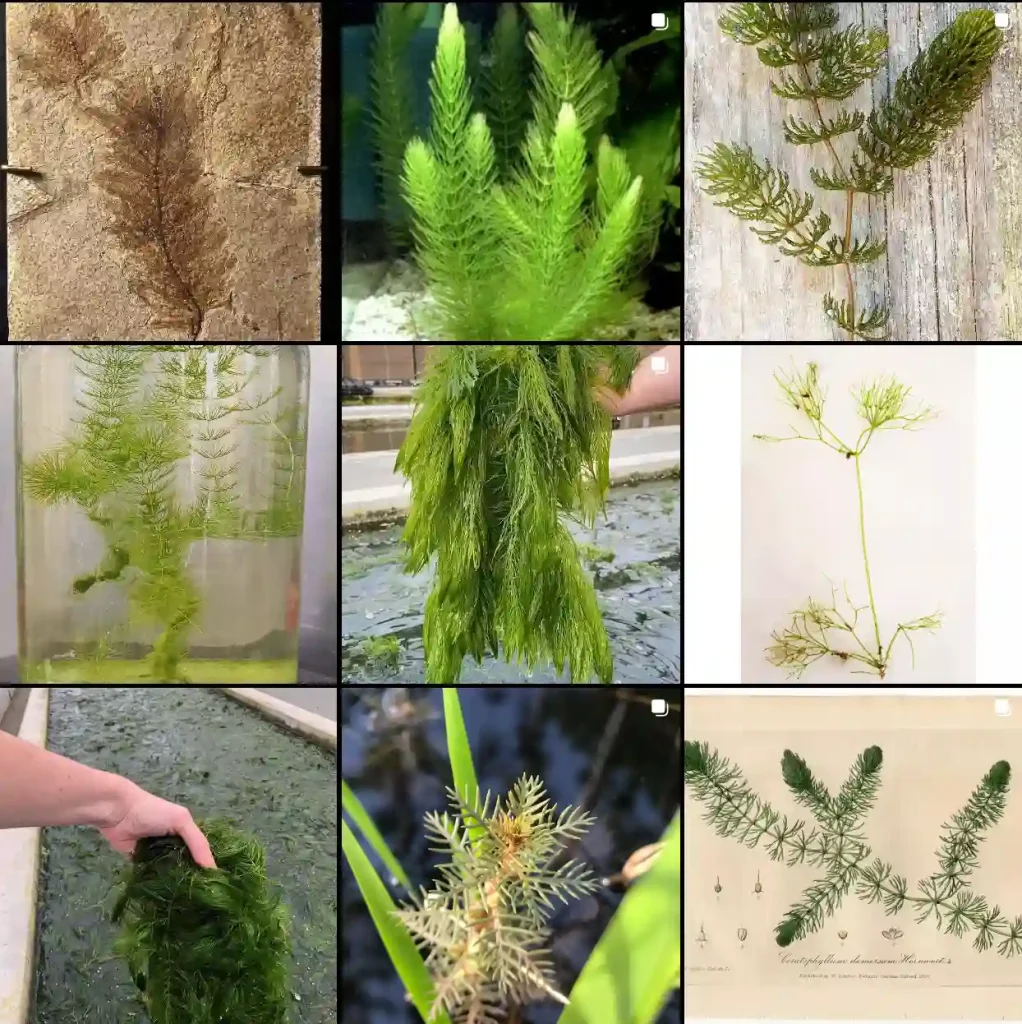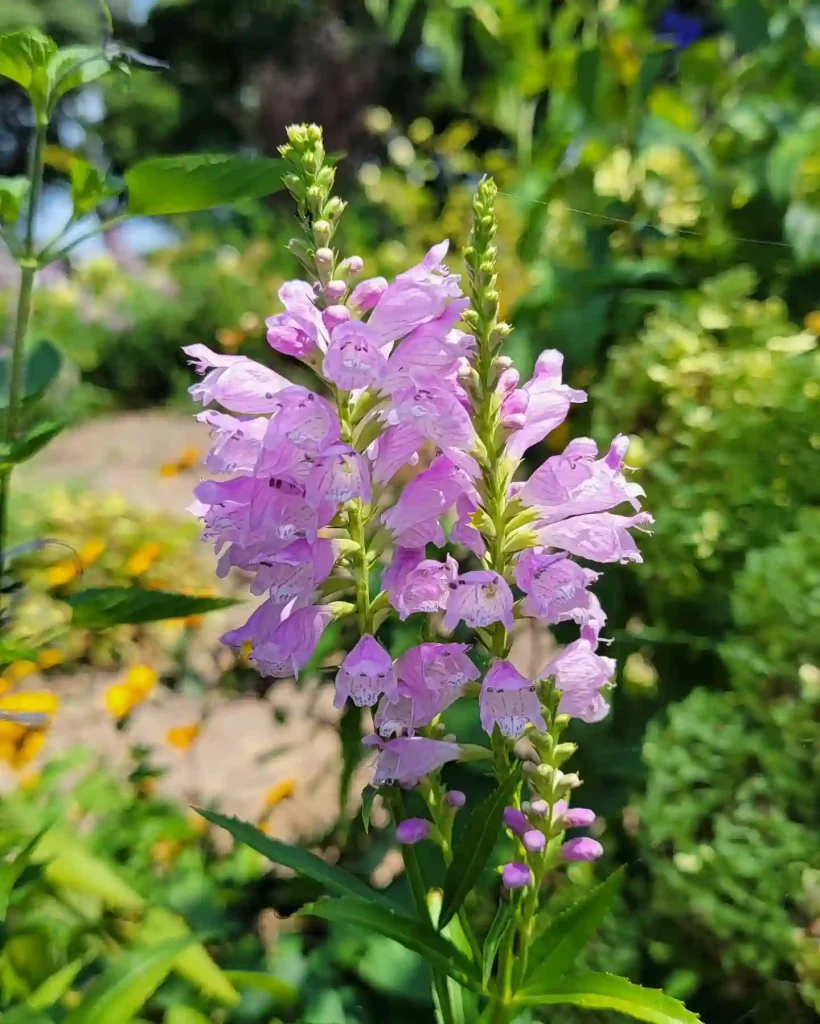FAQs About Pittosporum Marjorie Channon
Pittosporum Marjorie Channon is one of my favorite ornamental shrubs, known for its unique foliage and easy maintenance. I’ve been growing this variety for a while now, and I can say that it adds elegance to any garden. If you’re considering adding this plant to your landscape, you might have a few questions. Here are some of the most common FAQs about Pittosporum Marjorie Channon, and I’ll do my best to provide insightful answers.
What is Pittosporum Marjorie Channon?
Pittosporum Marjorie Channon is a variegated evergreen shrub that stands out because of its green and cream-colored foliage. It’s a cultivar of the Pittosporum species and is widely appreciated for its dense growth and rounded form. The leaves are glossy, dark green in the center, and edged in creamy white, making the plant look fresh and vibrant year-round. This shrub can grow up to 6-8 feet tall and 4-6 feet wide, making it perfect for hedges or as a standalone specimen plant.
How to Care for Pittosporum Marjorie Channon?
Caring for Pittosporum Marjorie Channon is relatively easy, which is one of the reasons I love it. Here’s a breakdown of what it needs:
- Light: It thrives in full sun to partial shade. In my experience, it does best in bright, indirect light.
- Watering: While it’s drought-tolerant once established, I water mine regularly to keep the soil moist, especially during the growing season.
- Soil: This plant prefers well-drained soil. I make sure to plant mine in soil with good drainage to prevent root rot.
- Pruning: Pittosporum Marjorie Channon responds well to pruning. I usually prune mine in late winter or early spring to maintain its shape.
- Fertilizing: I use a balanced fertilizer in the spring to encourage healthy growth.
How to Propagate Pittosporum Marjorie Channon?
Propagating Pittosporum Marjorie Channon can be done through cuttings. Here’s how I do it:
- Take Cuttings: I take semi-hardwood cuttings in late summer or early fall.
- Prepare the Cuttings: I remove the lower leaves and dip the cut end in rooting hormone.
- Planting: I place the cutting in a pot filled with well-drained potting mix and keep it in a warm, bright area.
- Watering: I keep the soil moist but not soggy until roots develop. This can take several weeks, but with patience, you’ll have new plants to add to your garden.
What to Plant with Pittosporum Marjorie Channon?
I like to pair Pittosporum Marjorie Channon with plants that complement its variegated foliage. Some of my favorite combinations include:
- Lavender: The purple flowers contrast beautifully with the green and cream leaves of the Pittosporum.
- Roses: Pittosporum provides a great backdrop for colorful roses.
- Boxwood: Both plants have a similar growth habit, so they look great together in formal gardens.
How to Use Pittosporum Marjorie Channon in Landscaping?
There are many ways to use Pittosporum Marjorie Channon in your landscape:
- Hedges: It’s perfect for creating low hedges or privacy screens due to its dense growth.
- Specimen Plant: I often use it as a focal point in garden beds.
- Borders: It works well in mixed borders, providing contrast with flowering plants.
The versatility of this plant makes it suitable for many garden styles, from modern to traditional.
Is Pittosporum Marjorie Channon Toxic?
Yes, like other members of the Pittosporum family, Marjorie Channon is toxic if ingested. If you have pets or children who may be tempted to nibble on plants, I would advise keeping this plant out of reach. However, in my garden, I haven’t had any issues with toxicity, as it’s not particularly attractive to animals.
How Fast Does Pittosporum Marjorie Channon Grow?
Pittosporum Marjorie Channon has a moderate growth rate. In my experience, it usually takes a few years to reach its full height of 6-8 feet. Regular pruning can help control its size and encourage denser growth.
Can Pittosporum Marjorie Channon Tolerate Frost?
Yes, Pittosporum Marjorie Channon can tolerate light frost, but prolonged exposure to freezing temperatures may damage the foliage. I live in an area with mild winters, so frost hasn’t been an issue for my plants. However, if you live in a colder climate, consider providing some protection during winter, such as mulching the base of the plant to protect the roots.
How Often Should Pittosporum Marjorie Channon Be Watered?
When establishing a new Pittosporum Marjorie Channon, I water it deeply once a week. After it’s established, the plant is drought-tolerant, but I still water mine during dry spells to keep it looking lush and healthy. Be cautious not to overwater, as this can lead to root rot.
What Pests and Diseases Affect Pittosporum Marjorie Channon?
Pittosporum Marjorie Channon is generally a hardy plant, but like any plant, it can fall victim to pests and diseases. In my garden, I’ve noticed that aphids and scale insects can sometimes become a problem. I usually treat these with insecticidal soap or neem oil.
As for diseases, root rot can occur if the plant is overwatered or planted in poorly draining soil. To prevent this, I always ensure the soil drains well and avoid watering too frequently.
Final Thoughts on Pittosporum Marjorie Channon
Pittosporum Marjorie Channon has been a reliable and attractive addition to my garden. Its variegated foliage adds interest year-round, and its easy care makes it a great choice for both beginner and experienced gardeners. Whether you’re using it as a hedge, a specimen plant, or part of a mixed border, this shrub will not disappoint. Just remember to give it the right conditions, and you’ll be rewarded with a beautiful, low-maintenance plant that will enhance your garden for years to come.




